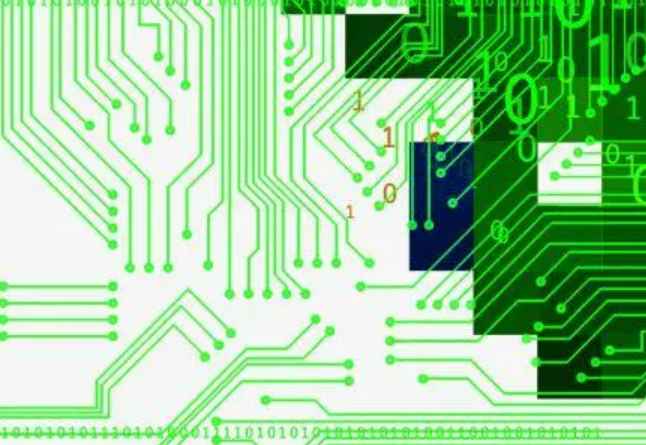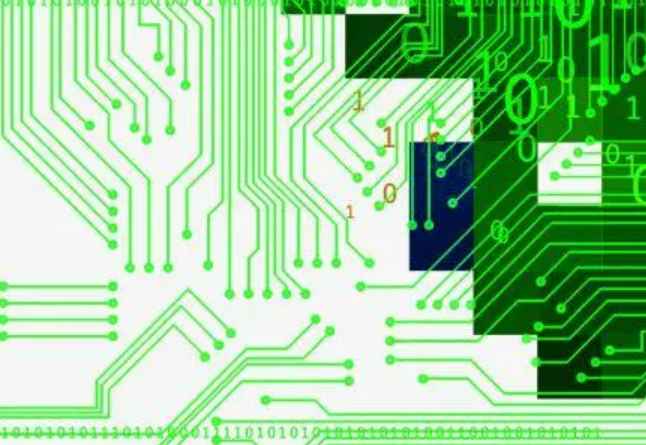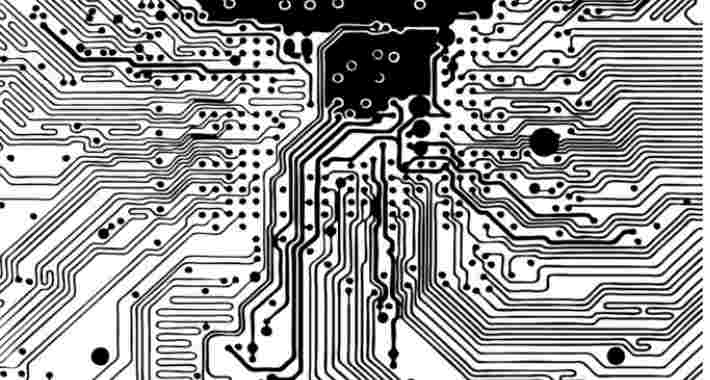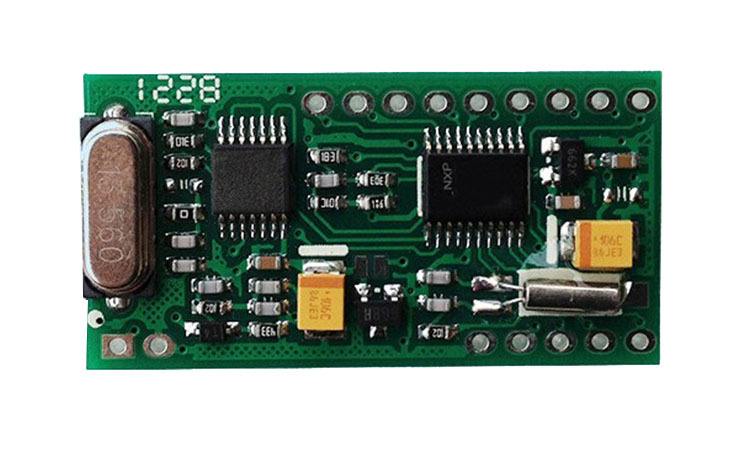
Selection of PCB core thickness becomes a problem when printed circuit board (PCB) manufacturers receive quotes calling for multilayer designs and material requirements are incomplete or not stated at all. Sometimes this happens because the combination of PCB core materials used is not important for performance; If overall thickness requirements are met, the end user may not care about the thickness or type of each layer.

But other times, performance is more important, and thickness needs to be tightly controlled to get the best performance out of the board. If the PCB designer clearly communicates all requirements in the documentation, then the manufacturer will know what is required and set up the materials accordingly.
PCB designers need to consider issues
It helps designers understand available materials and commonly used materials, so they can use appropriate design rules to build PCBS quickly and correctly. What follows is a brief explanation of what types of materials manufacturers prefer to use, and what materials they may need to rotate work quickly so as not to delay your project.
Understand PCB laminate cost and inventory
It is important to understand that PCB laminate materials are sold and work in a "system" and that the core materials and prepregs retained by the manufacturer for immediate use are often from the same system. In other words, the constituent elements are all the parts of a particular product, but with some variations, such as thickness, copper weight and prepreg style. In addition to familiarity and repeatability, there are several other reasons to stock a limited number of laminate types.
The prepreg and inner core systems are formulated to work together, but may not work correctly when combined with other products. For example, the Isola 370HR core is not used in the same stack as the Nelco 4000-13 prepreg. It is possible that they will work together in some cases, but more likely they will not. Hybrid systems take you into uncharted territory, where the behavior of materials (well known when used as homogeneous systems) can no longer be taken for granted. Careless or unwitting mixing and matching material types can lead to serious failures, so no manufacturer will mix and match unless the type is proven to be suitable for "mixing" stacking.
Another reason for maintaining a narrow material inventory is the high cost of UL certification, so it is common in the PCB industry to limit the number of certifications to a relatively small selection of materials. Manufacturers will often agree to build products on laminates that do not have standard stock, but be aware that they are unable to provide UL certification through QC documentation. This is a good choice for a non-UL design if it is disclosed and agreed upon in advance and the manufacturer is familiar with the machining requirements of the laminating system in question. For UL work, it is best to find out which manufacturer stock you choose and design a board to match it.
IPC-4101D and foil construction
Now that these facts are out in the open, there are two other things you need to know before jumping into design. First, it is better to specify laminates according to the industry specification IPC-4101D rather than name specific products that not everyone can stock.
Secondly, it is easiest to construct multiple layers using the "foil" construction method. Foil construction means that the top and bottom layers (outside) are made of a single sheet of copper foil and laminated to the remaining layers with prepreg. While it may seem intuitive to build an 8-layer PCB with four double-sided cores, it is preferable to use foil on the outside first and then three cores for L2-L3, L4-L5 and L6-L7. In other words, the plan is to design multiple stacks so that the number of cores is as follows: (total number of layers minus 2) divided by 2. Next, it is useful to know a little about core characteristics. Themselves.
The core is provided as a fully cured piece of FR4 with copper plating on both sides. Magnetic cores come in a wide range of thicknesses, and the more commonly used sizes are usually stored in larger inventories. These are the thicknesses to keep in mind, especially if you need to order products that turn around quickly, so as not to waste the lead time of the order waiting for non-standard materials to arrive from the distributor.
An ideal stack of kernels based on existing stock is essential to avoid unnecessary delays in quick turns when ordering time is tight. Most PCB manufacturers use a similar multilayer architecture based on the same kernel as their competitors. Unless the PCB is highly customized, there is no magic or secret construction. Therefore, it is worth familiarizing yourself with the preferred material for a particular number of layers and making every effort to design a PCB to match it. There will always be exceptions to specific design requirements, but in general, standard materials are the best choice.









